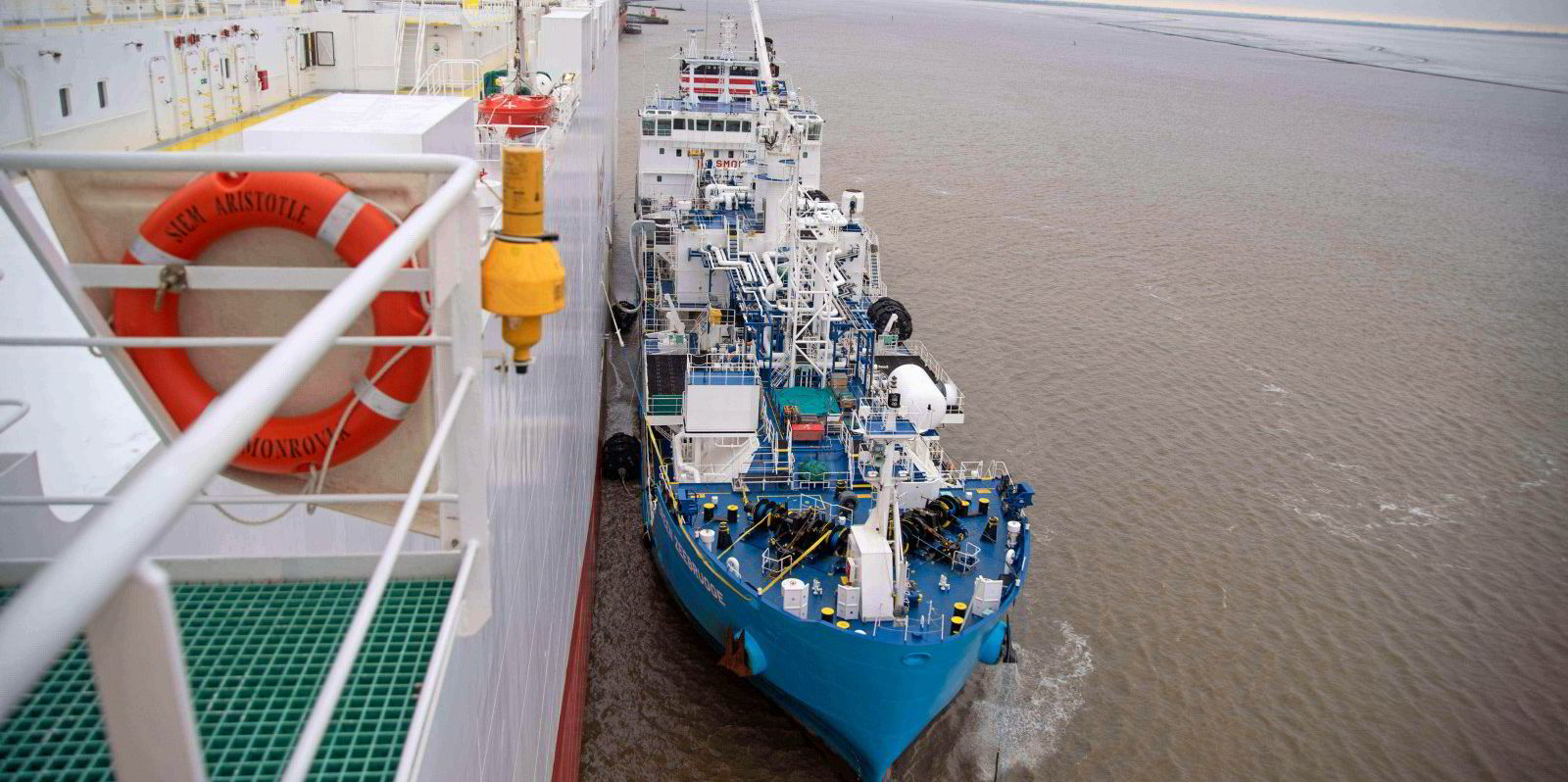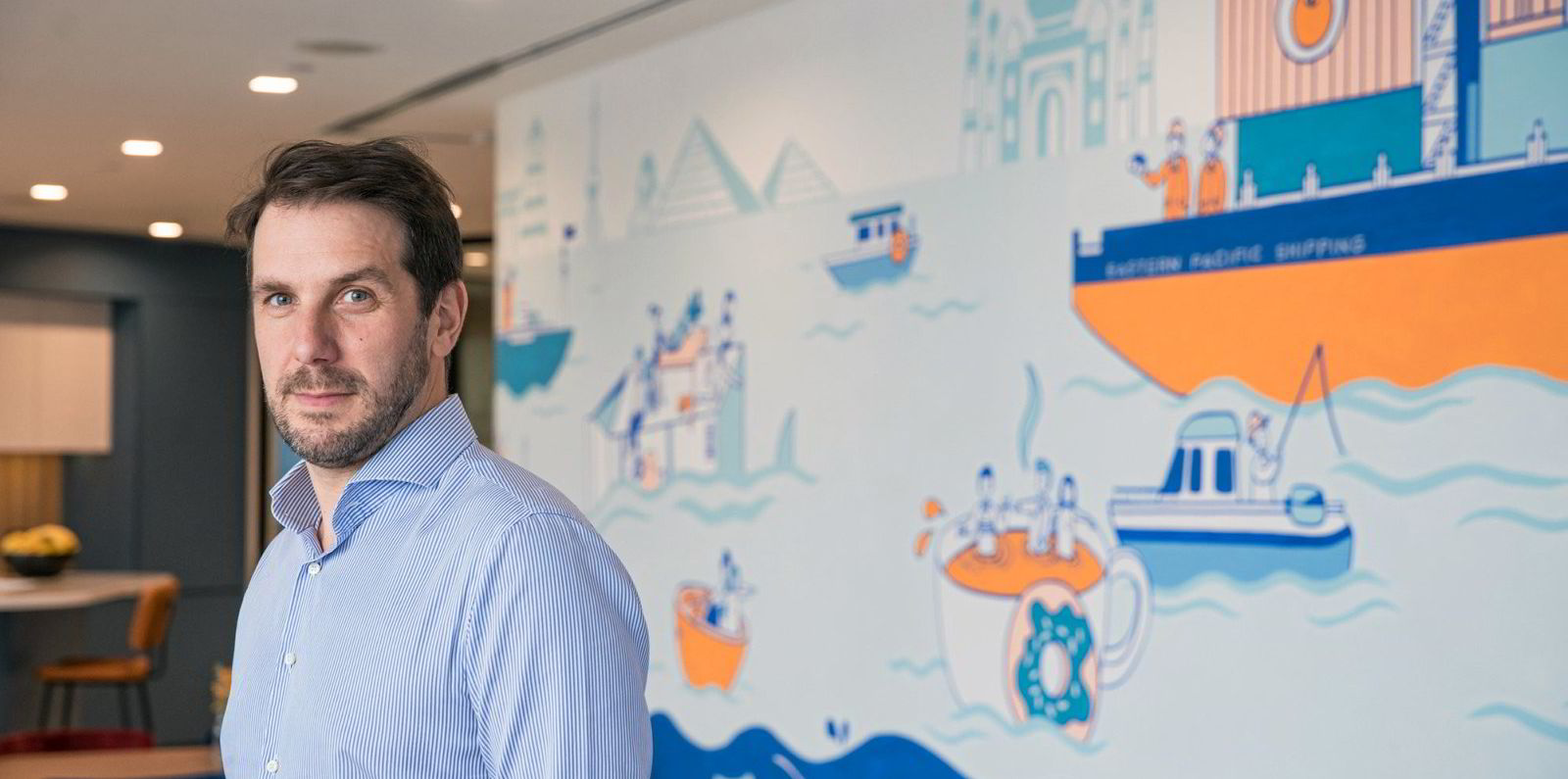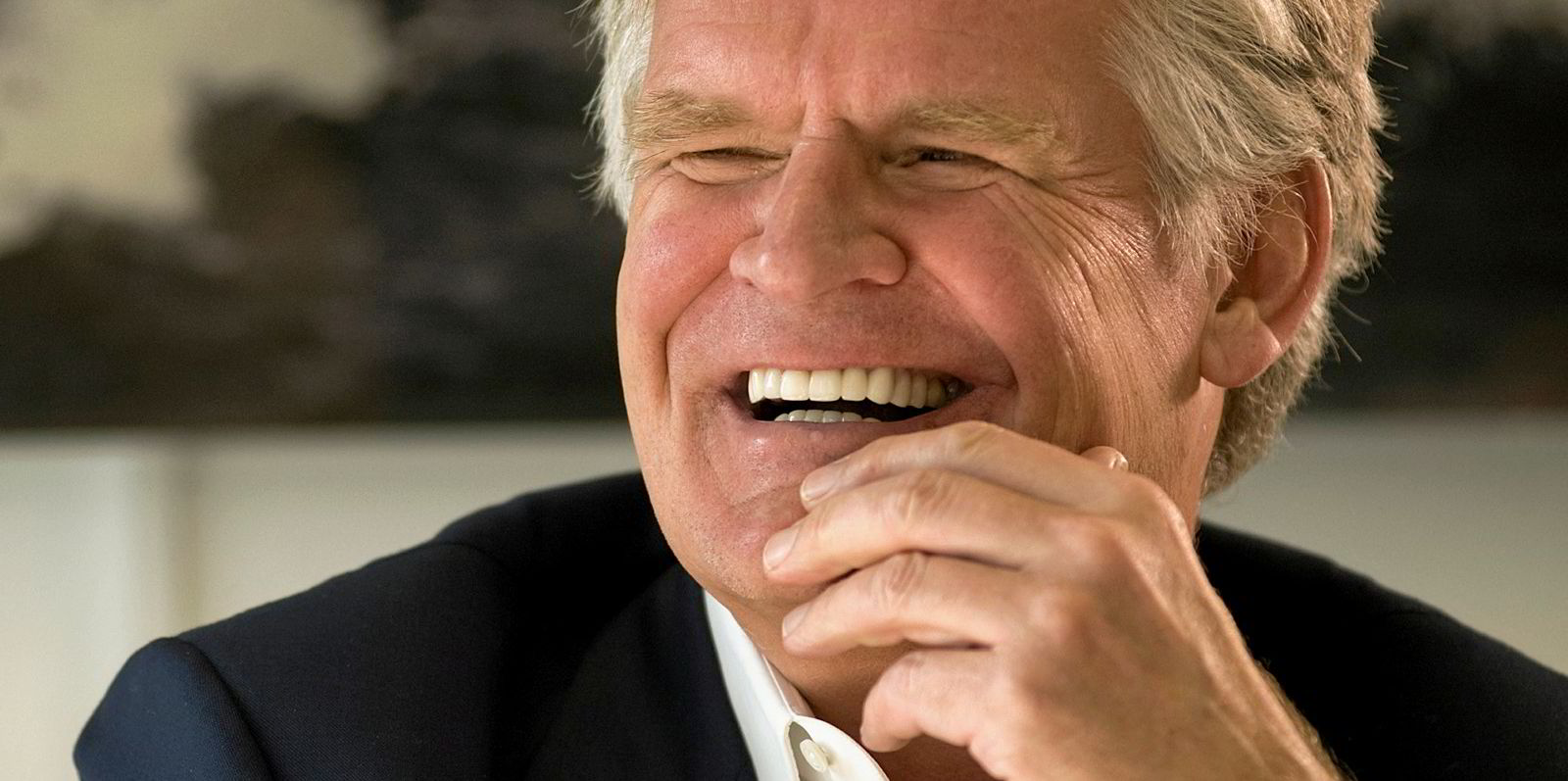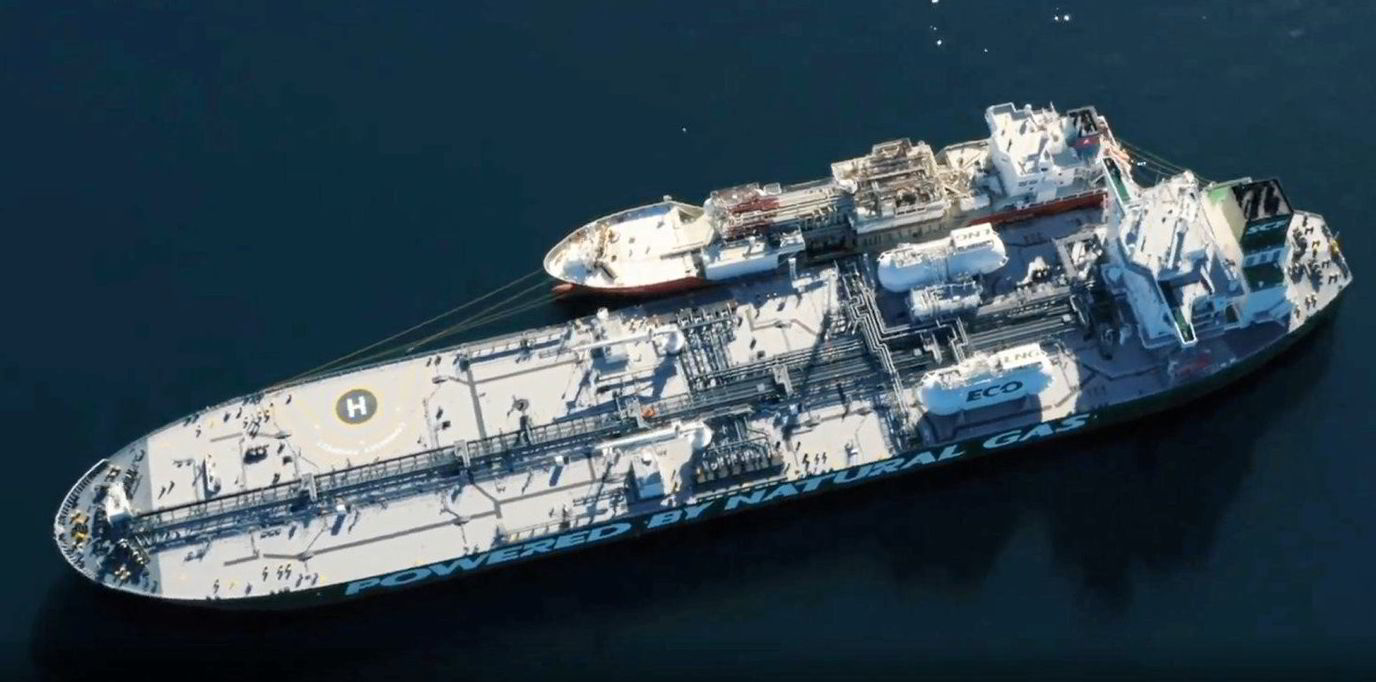Over 30 LNG-fuelled newbuildings were contracted in April, a 50% rise on the previous month, according to DNV.
Martin Wold, the classification society's principal consultant for environment advisory and maritime, said the new orders bring the total year-to-date count for LNG-fuelled tonnage to 80 vessels.
Wold said the bulk of the ships contracted are large vessels that will be trading globally.
He named companies CMA CGM, Rio Tinto, Eastern Pacific Shipping, H-Line, Seaspan Corp, Zim, SFL Corp among those who had opted for LNG fuelling on a mix of bulk, boxship, car carrier, ropax and tug newbuildings that will use LNG as fuel.
Strong option
Wold told TradeWinds: “These numbers show that LNG is really being seen as a very strong option for this generation of newbuilds and once again it also looks like the share of larger vessels destined for global trade is increasing.”
The DNV consultant said the rise in numbers is “a good sign” as it will further strengthen confidence in the LNG bunkering market and infrastructure development.
“I think we are also seeing investment decisions based on taking the sustainability gains available now,” he added. “This is after all a rational decision when facing a gradually increasing penalisation of CO2 emissions.”
Choices, choices
DNV’s latest figures come as owners continue to wrestle with fuelling choices for new tonnage.
In the last few weeks, both Euronav and MSC have ordered newbuilding tonnage that is LNG ready.
Euronav also opted to build its VLCCs ammonia-ready as the company hedges its bets on futures fuels.
DNV’s most recent figures show that there are currently 494 LNG-fuelled vessels – including at least 294 vessels on order.
There are also 163 additional LNG-ready ships that are designed to be more easily retrofitted.
Car and passenger ferries make up the bulk of vessels in operation with 43 ships and 10 more on order.
But these are now outstripped by boxships and crude oil tankers.
DNV lists 59 LNG-fuelled containerships on order, along with 16 existing vessels and 58 tanker newbuildings also with 16 ships in operation.








